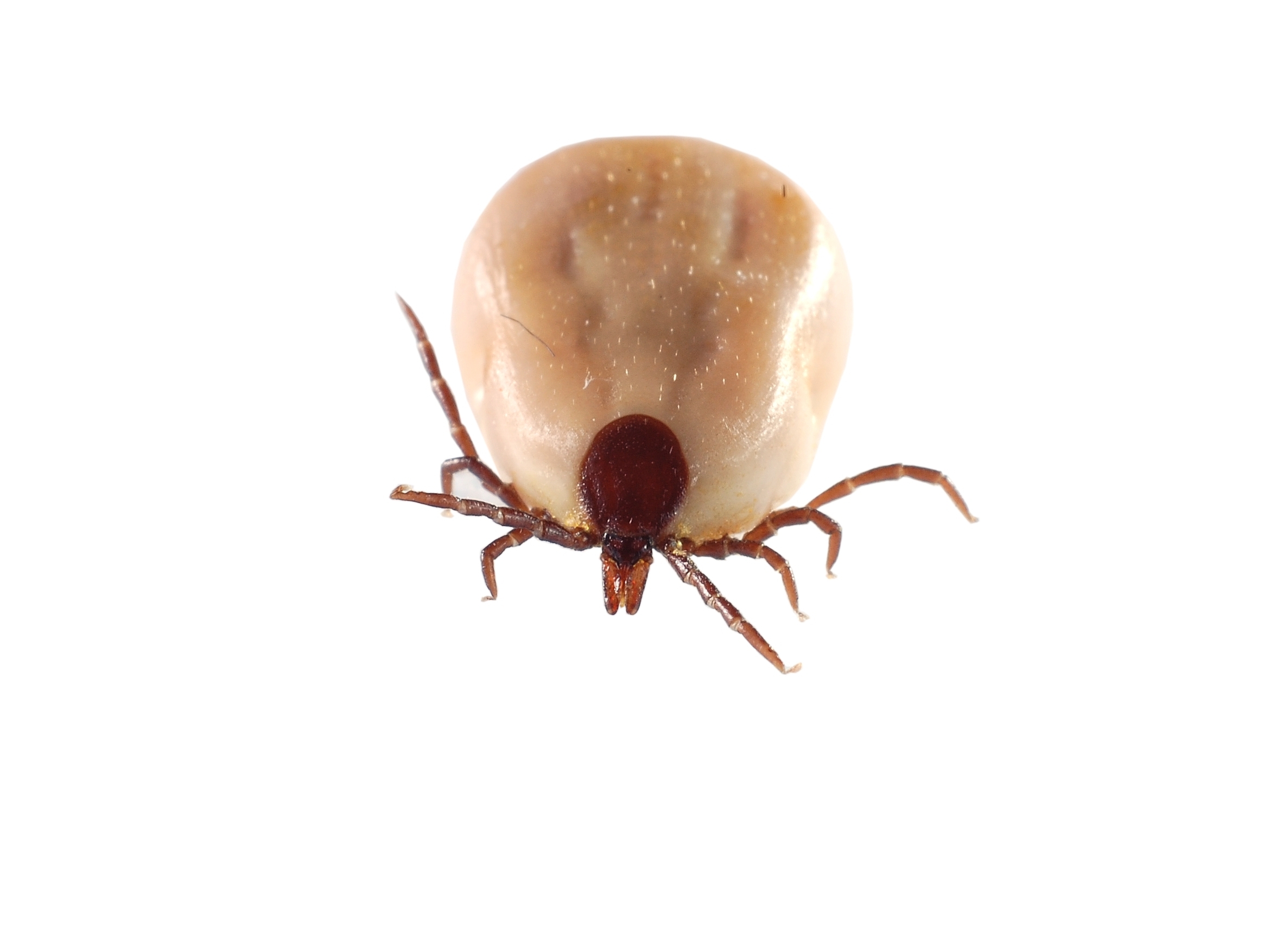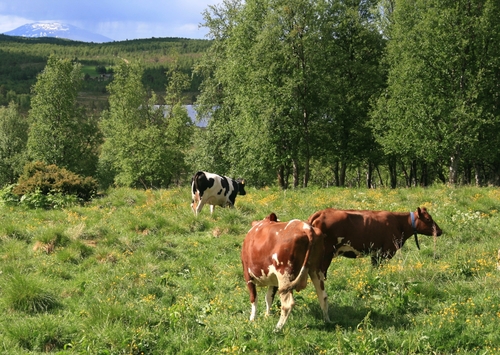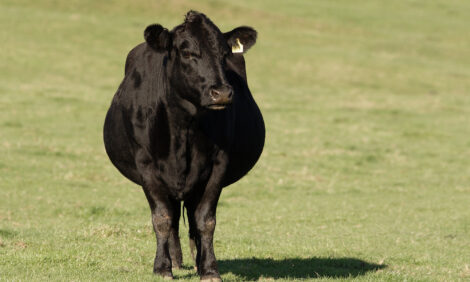



Cattle Health Risks Mount as Ticks Advance Inland
In addition to midge-borne viruses such as Schmallenberg and Bluetongue, tick-borne illnesses are also on the rise as the parasites spread into inland Norway, a study has confirmed.Capable of causing Piroplasmosis in cattle, the news of ticks poses a threat to cattle and other farmstock as they transmit babesia bacteria and ehrlichia phagocytophila bacteria to previously unaffected flocks and herds.
The study Multi-source analysis reveals latitudinal and altitudinal shifts in range of Ixodes ricinus at its northern distribution limit found strong evidence to suggest ticks are moving north and to greater altitudes.
Dr Solveig Jore, of the Norwegian Veterinary Institute, led the research into the shift in range of Ixodes ricinus. Her team noted the steady advance of ticks inland from their well-established populations around the coastal fjord areas of the south and west of the country.
“The most northerly regions where ticks were previously found in 1983 was 65 degrees north. However, now they are found at a latitude of 69 degrees north, although at lower altitudes,” said Dr Jore. “This is a movement of 400 km.”

Ixodes ricinus - A common Tick in Europe and increasingly numerous in Norway.
Photo Courtesy of Shutterstock
The report considered climate change as a causative factor in tick movement and subsequent upturns in populations of cervids as another influence on greater tick abundance.
“Deer could well be a factor; they are a parasite host on which the adult tick particularly depends. Deer feed larvae, nymphs and adults ticks but are especially important for the adult stage which requires blood from "larger animals" to lay eggs," said Dr Jore.
“A substantial increase in Red and Roe deer populations has been noted in many EU countries, in Norway it is the same – we have seen great expansion in the size and spread of deer populations.”
This is of concern to Dr Jore who emphasised the risks to human health as well to that of cattle. A trend is developing for Lyme disease and tick-borne encephalitis virus to show up in human populations.
This trend has been noted in the beef and dairy sectors, with reports of tick-borne cattle disease bovine babesiosis (or piroplasmosis) emerging in areas which were previously tick free. Olav Osteras, Head of Health and Welfare at the Health Services for Livestock Development is cautious of the problem, stating that the central country of Trondelag is now affected by tick viruses.
“Some years ago we got reports from north Trondelag. We had never heard about ticks in this area and suddenly we heard about piroplasmosis there,” said Mr Osteras. “This disease makes cattle urinate blood. The virus gets into the blood cells, destroying them, resulting in haemoglobin in the urine.”
“This is not a new problem in the western part of Norway, but it is moving around and that is probably due to climate,” added Mr Osteras.
*
"Some years ago we got reports from north Trondelag. We had never heard about ticks in this area and suddenly we heard about piroplasmosis there."
As well as piroplasmosis there is ehrlichiosis, also spread by ticks, added Mr Osteras. These diseases typically cause ‘high fever’ in animals with temperatures reaching 41-42 degrees Celcius and have knock on effects on immunity, which is where the greatest damage is done.
“You get fever and less resistance in animals as the viruses destroy the white blood cells,” added Mr Osteras. “The disease by itself is not really dangerous but greater risks come from secondary infections due to the immune system being compromised.”
Mr Osteras stated that farmers most severely hit will potentially be beef and sheep farmers who have animals grazing in tick friendly habitats – heavily wooded ‘forest pasture’ with shrubs and bushes. This means high altitude areas are safe due to temperature and lack of appropriate vegetation.
“In some herds you have to treat against the secondary diseases like staphylococcus and erysipelothrix infection and I would advise farmers to clean their pastures by removing bushes,” said Mr Osteras. “Tick illnesses are very typical in sheep for example. As they make their way up to the mountains they can pass through a bush area where they become infected.”
"One common method for hill farmers is to introduce grazing animals to infections steadily. This allows for immunity to develop," added Mr Osteras.
Tick preference for wooded areas means that it is beef farmers that could be most at risk from the developing Ixodes ricinus populations. The vectors are moving into upland and peripheral areas where beef animals tend to graze.

Norwegian Reds Summer Grazing - Forest pasture offers the right habitat for advancing ticks.
(Photo Courtesy of Shutterstock)
As temperatures increase, the forest pastures that beef cattle are typically reared on are becoming ideal tick habitat.
Both Norwegian beef and dairy production is dominated by the Norwegian red. Being a dual purpose breed, the animal accounts for most of the beef produced in Norway and makes up around 97 per cent of the national dairy herd.
However, due to higher yielding cows, the national dairy herd, now around 220,000 head, is falling slightly. Consequently continental breeds are being introduced to bolster beef production, added Mr Osteras.
“Beef production centres on the Norwegian Red although there are some Charolais, Simmental and Limousine being introduced. These numbers are growing,” he said.
Farmers with new animals brought in from other parts of the country tend to have the greatest problems with tick-borne diseases. Cattle have not yet had time to build up immunity to infections which is where the greatest problems are seen.
Mr Osteras agrees that Deer could also be implicated in tick advancement: “Roe Deer are one of the main hosts of ticks, as well as some birds. Due to milder winter weather conditions it is easier for deer to survive and in the eastern part of Norway there are currently much more roe deer about than before.”
He concluded that climate is a key factor in the prominence of tick-borne viruses because, like midge-spread Bluetongue and Schmallenberg viruses, certain mean temperatures are required for the viruses to thrive.
Michael Priestley
News Team - Editor
Mainly production and market stories on ruminants sector. Works closely with sustainability consultants at FAI Farms



